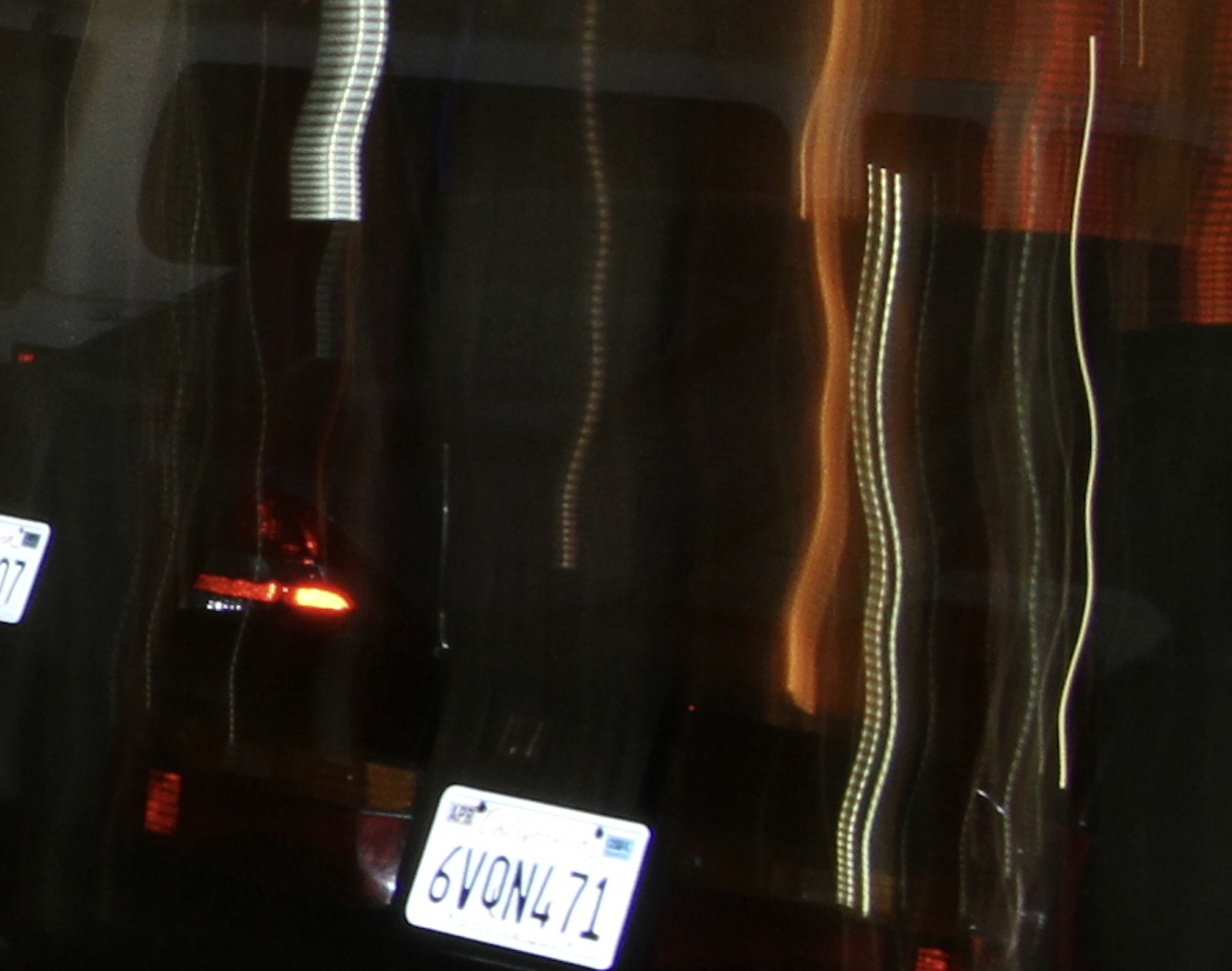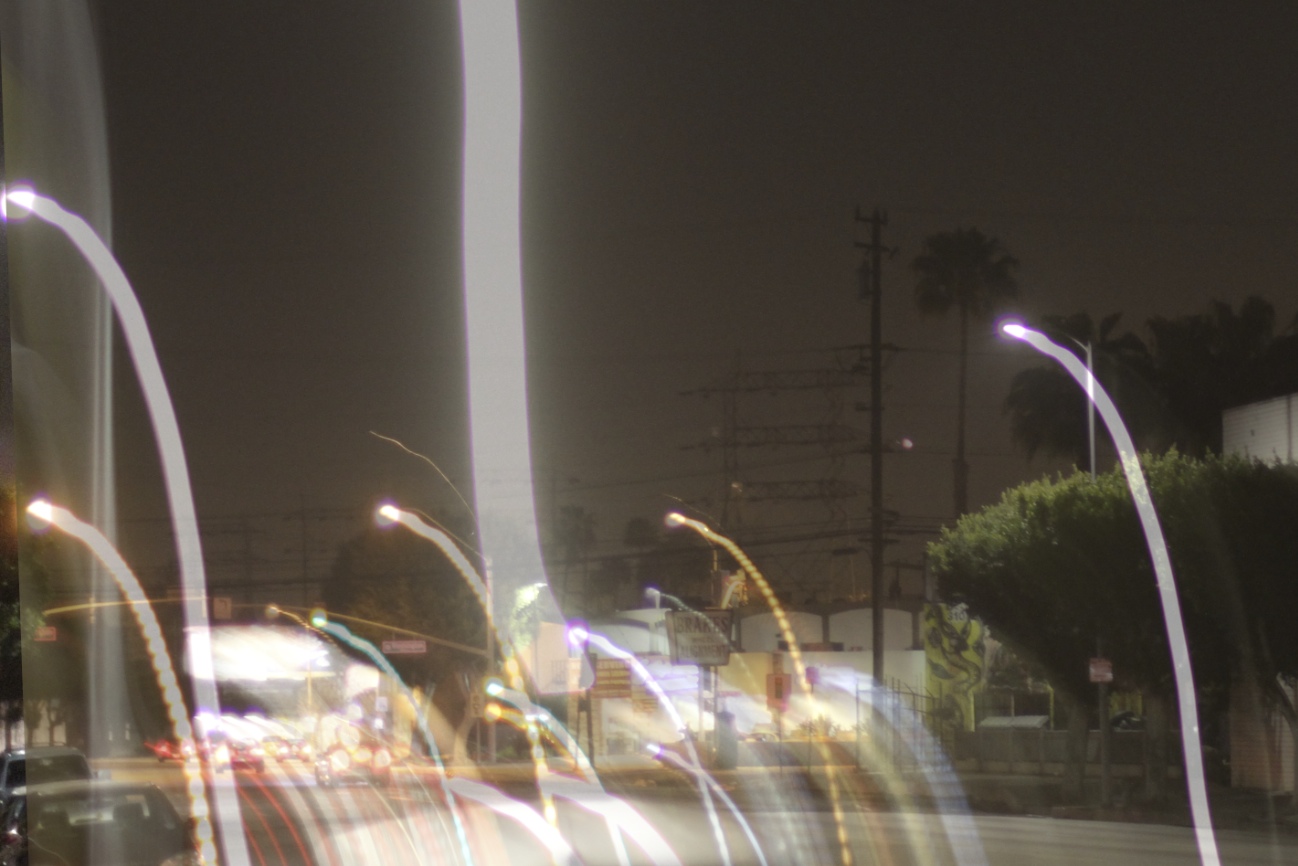November
Member
We should have someone go outside, set up a blinking LED a half or three quarter miles down the road, set the shutter speed for five seconds, in the dark, with nothing but a street sign in the close distance, leave the flash on, and see what happens.
We will not even concern ourselves with the nonsense of having a blinking LED in the middle of a dark desert road -- for no apparent reason -- at that particular time - when the photograph was being taken.
And don't forget to jiggle the car you set the camera on, (prior to the shot), once -- with an almost imperceptible 2.5 earthquake. See what happens with the street sign (jiggle the street-sign, simultaneously with the car) -- and just see if the photograph can be recreated.
Maybe "Myth Busters" can figure it out. (Even tho there is no myth, it's just a curiosity,)
We will not even concern ourselves with the nonsense of having a blinking LED in the middle of a dark desert road -- for no apparent reason -- at that particular time - when the photograph was being taken.
And don't forget to jiggle the car you set the camera on, (prior to the shot), once -- with an almost imperceptible 2.5 earthquake. See what happens with the street sign (jiggle the street-sign, simultaneously with the car) -- and just see if the photograph can be recreated.
Maybe "Myth Busters" can figure it out. (Even tho there is no myth, it's just a curiosity,)
Last edited:














